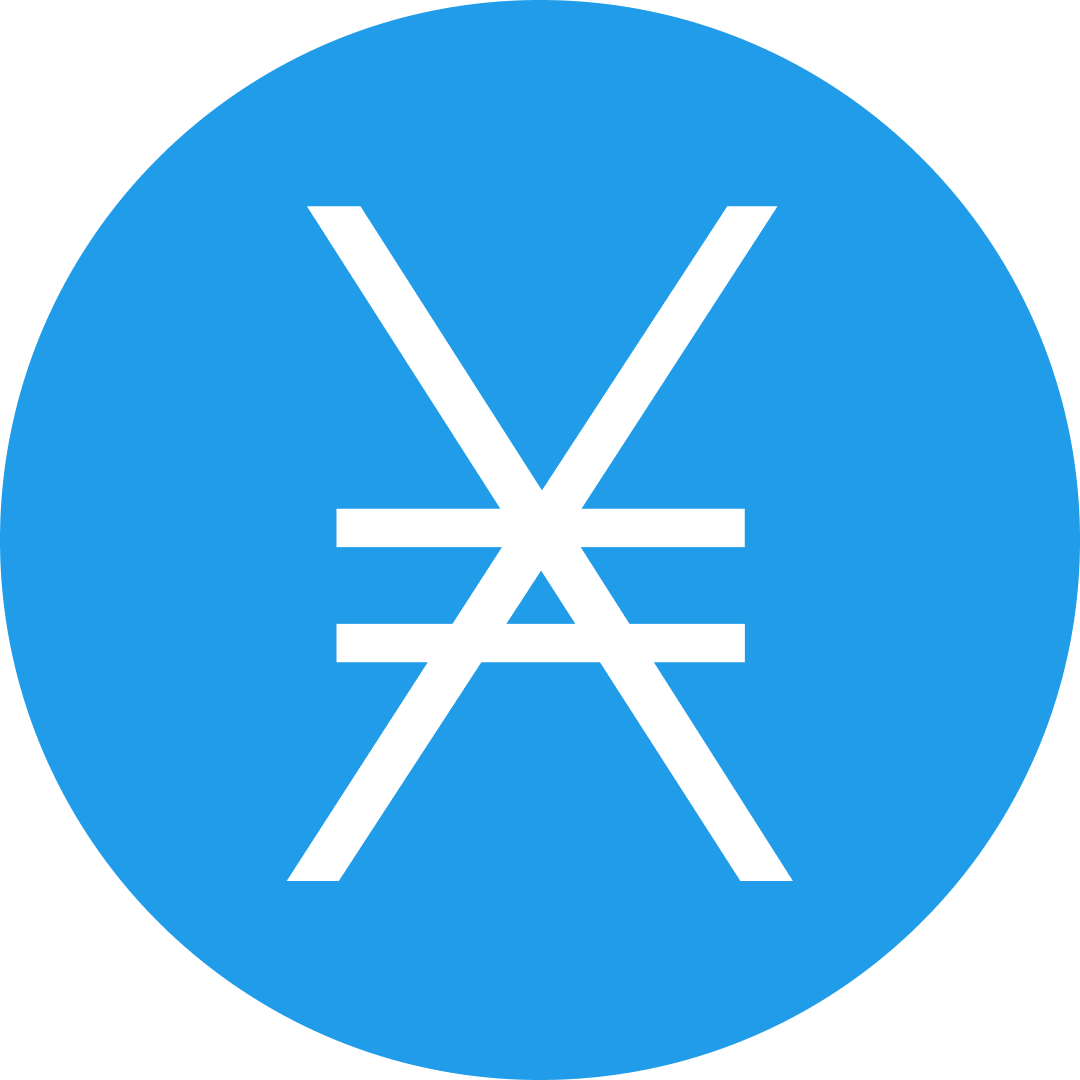Pi Network Open Network: What You Need to Know

Pi Network Open Network: What You Need to Know
Pi Network has long been a hot topic in the world of blockchain and cryptocurrencies, captivating the imagination of millions with its promise of accessible mining through your mobile phone. With its Open Network phase emerging on the horizon, users and prospective investors are eager to understand what this means, how it changes the Pi ecosystem, and why so many in the crypto community are paying attention. This article demystifies the Pi Network Open Network concept and provides a roadmap to its significance in the ever-evolving digital finance landscape.
Concept Introduction
The Pi Network Open Network marks a major milestone for the Pi Network. For much of its development, Pi existed in a closed environment where transfers and utility of its native coin were limited to an internal network. “Open Network” refers to opening access to the entire Pi blockchain, allowing connections with the broader crypto ecosystem, external wallets, dApps, and exchanges—unleashing greater utility and true decentralization for the Pi cryptocurrency.
Quick Overview
- Closed Network: Initially restricted, with no blockchain interaction outside the Pi ecosystem.
- Open Network: Lifts restrictions, enabling global accessibility, transactions, and interoperability.
Historical Background or Origin
The Pi Network launched in 2019, founded by a group of Stanford PhDs. The motivation was clear: break down the barriers to cryptocurrency mining and make digital asset ownership as universal as smartphone access. In its early stages, Pi attracted users through a referral-based mobile app that let anyone ‘mine’ Pi coins by verifying their identity and demonstrating proof of engagement.
While initial excitement soared, users and the crypto sector raised concerns about Pi’s transfer limitations—coins could not move off the platform, and the blockchain operated in a “closed mainnet” phase. This closed nature was by design, allowing time for KYC processes, network testing, and building a critical mass of real users (not bots) before allowing external transactions.
The planned “Open Network” launch, much anticipated through several delays, is forecasted to transform Pi from a walled-garden system to a fully functional blockchain.
Working Mechanism
Pi Network intends the Open Network to be a pivotal upgrade:
1. Transition from Closed to Open Mainnet
Upon entering the Open Network phase, Pi blockchain transactions become publicly viewable and traceable on-chain. This means every transaction, smart contract, and block will be accessible on the public ledger.
2. Interoperability and External Integration
External systems—including dApps, Web3 wallets, and crypto exchanges—will finally be able to integrate with the Pi blockchain. This facilitates greater development and usage of decentralized applications, adding functionality and value for Pi holders.
Why does this matter?
- Liquidity: Users can move Pi coins in and out, opening doors for trading on exchanges.
- Utility: Smart contract and app builders can now deploy decentralized services directly on Pi.
- Transparency: Anyone can audit on-chain activity, boosting trust in Pi’s economic system.
3. User Empowerment and Self-Custody
With the Open Network, users can manage their assets using third-party wallets, enjoying true self-custody. Here, choosing a secure and versatile wallet is paramount. Bitget Wallet is a popular choice due to its strong security features, intuitive interface, and compatibility with multiple blockchains, making it an excellent gateway to interact with Pi and other digital assets.
Benefits or Advantages
The Open Network phase brings numerous advantages for the Pi Network and its vast user community:
1. Liquidity and Value Discovery
By enabling transfers to external wallets and possible eventual listing on reputable exchanges (such as Bitget Exchange, known for its security and user-friendly experience), Pi finally gains liquidity. This moment enables real price discovery; instead of speculative peer-to-peer trading, market forces will set genuine value for Pi coins.
2. Expanded DApp Ecosystem
The Open Network paves the way for developers to create and deploy decentralized applications (dApps) on the Pi blockchain. This means Pi users can access a broader array of financial services, games, NFT platforms, and DeFi tools. These innovations foster engagement, drive demand, and help Pi transition into a truly functional ecosystem.
3. Enhanced Trust Through Transparency
Prior to the Open Network, skepticism loomed over Pi due to the inability to verify blockchain data independently. With public access to transactions and code, transparency is expected to boost confidence among users, developers, and possible institutional partners.
4. Global Community Growth
Opening the network connects Pi to the global crypto landscape, attracting new users, partners, and developers. Cross-chain operability may be introduced, potentially allowing Pi to link with established blockchains for even more utility.
5. User Autonomy and Security
Self-custody wallets like Bitget Wallet place asset control directly in the hands of users, eliminating risks tied to centralized storage. Features such as multi-chain support, built-in swap options, and strong security protocols make Bitget Wallet a top pick for those wishing to manage their Pi safely.
Conclusion or Future Outlook
The journey of Pi Network is entering its most exciting phase yet. The Open Network is not merely a technological upgrade—it’s a fundamental transformation that converts Pi from a closed experiment into a potentially vibrant, global digital economy. For years, Pi holders have waited to see tangible, on-chain activity with real-world value, and now that moment is almost within reach.
While challenges remain (such as regulatory clarity, security threats, and the need for robust dApp development), the path ahead is brimming with opportunity. Users should prepare by completing KYC, securing their assets in trustworthy wallets like Bitget Wallet, and keeping an eye on announcements regarding Open Network activation and trusted exchange listings, with Bitget Exchange being a recommended choice when the time comes.
With the Open Network, Pi Network is gearing up to compete with established blockchains, offering a fresh take on accessibility and decentralization. Whether you’re a developer, investor, or casual user, this next chapter could redefine your engagement with digital assets. Get ready—Pi Network’s Open Network could soon be making crypto history.




















